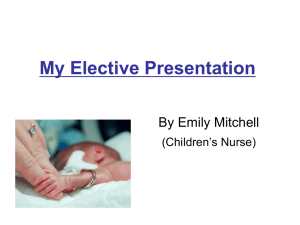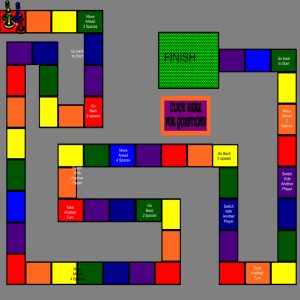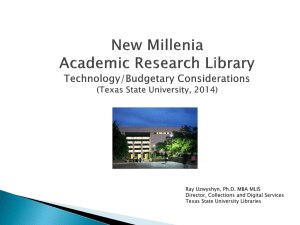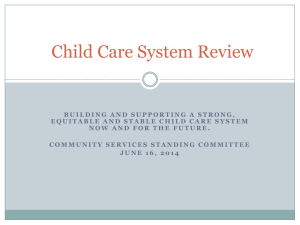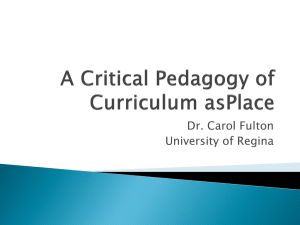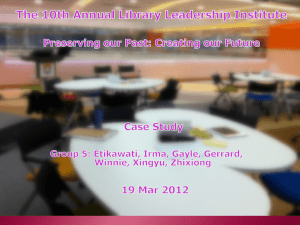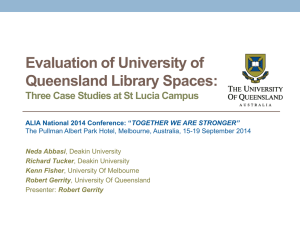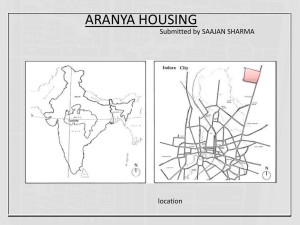revitilizing public spaces
advertisement
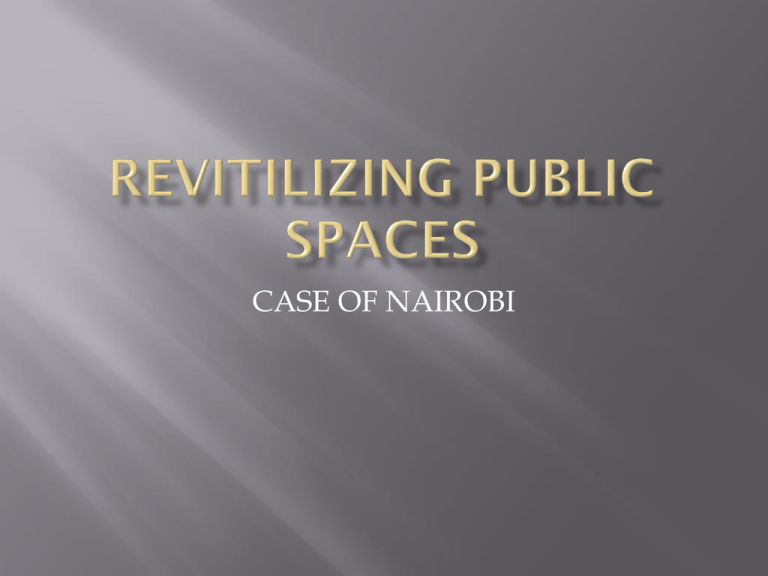
CASE OF NAIROBI A public space is a social space that is open and accessible to all which offer important opportunities for sport and outdoor recreation and can also act as a visual amenity. This include: Parks and gardens Streets and pedestrian walkways Outdoor sports facilities Amenity green spaces Children play areas Green corridors Civic spaces, including civic and market squares Natural and semi-natural urban green spaces etc Urban Revitalization - support regeneration & improving quality of life for communities by providing visually attractive green spaces close to where people live; Promotes health & well-being - providing opportunities to people of all ages for informal recreation, or to walk, cycle or ride within parks and open space Economic Revitalization A community resource – a place for congregating& for holding community events; and A visual amenity – people enjoy having open space near to them to provide an outlook, variety in the urban scene, or as a positive element in the landscape. World urban population has continued to increase unprecedently & is projected to grow to around 6.4 billion by the year 2050. This change is felt more in cities in developing countries such as Kenya & has caused various environmental and urban problems. Cities world over are reinventing ways & looking for new solutions of tackling the problems Nairobi’s population continues to grow exponentially realizing a growth rate of 4.8% annually with the population growing from 0.8million in 1989 to 2.1 million in 1999 to an estimate of 4million today. This growth comes with enormous challenges that requires city Planners to rethink development concepts which will not only meet the needs of the present but also guarantee future generations a livable city. In the earlier days the city of Nairobi was known as a ‘’ city in the sun’’ because of its appealing environment. This originated from the city’s Master Plan of 1948 which viewed Nairobi city from a Garden city concept However, over time this value has faded as the quality of environment of the city declined with increased urbanization. Cities globally are embracing local reforms to address their developmental challenges and Nairobi is no exception. The city appreciates the need to look for innovative ideas to address its many challenges in order to make it more habitable place for its residents . The City Council of Nairobi is working with Japanese Government on technical assistance to support preparation of a new City Master plan. The new City Master plan preparation process provides the council an opportunity to embrace & integrate innovative ideas into the plan such as the public space initiative among others. The council is committed to ensure that all public and green spaces in the city are enhanced to international standards, ensure accessibility& diversify their use. Review the existing framework to ensure effective management of public spaces Seek more collaboration with stakeholders on rehabilitation of open spaces. Increase budgetary allocation to finance interventions on open spaces. Promote public awareness on the benefits of well designed, maintained and utilized public spaces. Adopt flexible utilisation of public spaces to accommodate livelihoods for the socially and economically vulnerable. Seek more collaboration with stakeholders on rehabilitation of open spaces. Increase budgetary allocation to finance interventions on open spaces. Promote public awareness on the benefits of well designed, maintained and utilized public spaces. Adopt flexible utilisation of public spaces to accommodate livelihoods for the socially and economically vulnerable. During the 23rd Session of UN-HABITAT Governing Council held in April, 2011 the Government of Kenya sponsored and agenda on public space for adoption as a key theme in urban development. Following the resolution, the Council requested the UN-HABITAT for support to access international experts with diverse experience and networks on the art of place making and the agreement is what has culminated into todays training workshop To realize an hands on training, the council chose 2 sites to used a pilot ie Silanga Open space in kibera informal settlement and Jevanjee gardens along Muindi Mbingu street In partnership with the communities within the precincts of these sites the Council will work towards upgrading & transforming the degraded open ground into a multi-functional spaces by; Providing support infrastructure Environmental improvement Provision of support amenities Support to youth at risk END THANK YOU

